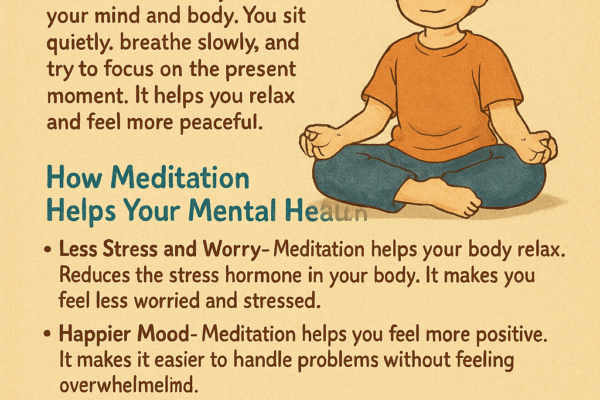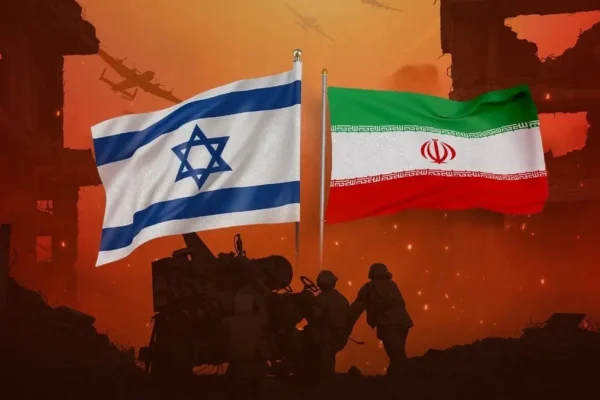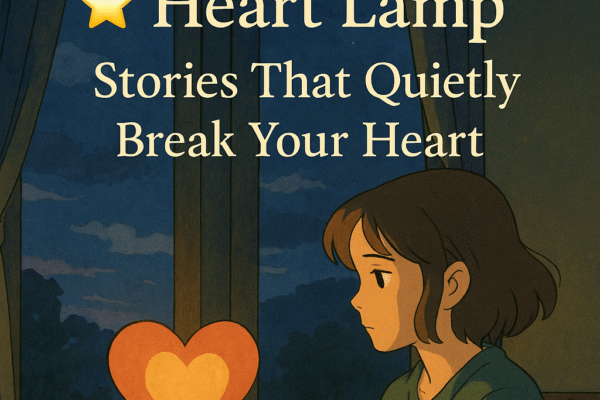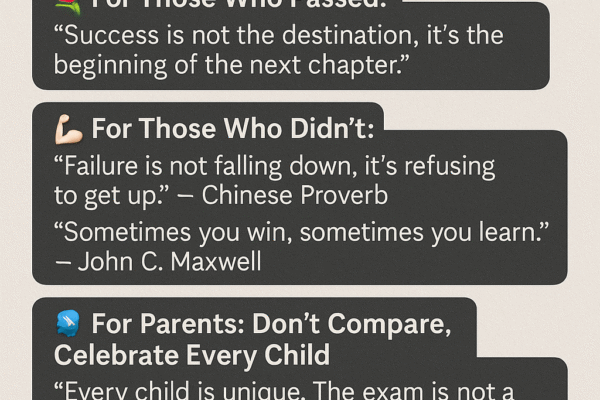The Long Story Short
India and Pakistan — two countries with shared roots, divided by borders and politics — are once again caught in a fresh wave of tensions. It’s not something new, but each time it happens, the consequences feel heavier. Especially for the common people who have nothing to do with the politics but end up suffering the most.
What Happened Recently
The Line of Control (LoC) is once again heated. Cross-border firing, accusations of infiltration, and political finger-pointing have taken over news headlines.
India blames Pakistan-backed groups for trying to create unrest, particularly in Kashmir. Pakistan fires back, accusing India of heavy-handedness and human rights violations.
Meanwhile, talks between the two governments, when they do happen, seem more like arguments than conversations.
How It’s Affecting Everyday Life
It’s not just about soldiers at the border. These tensions trickle down into daily life:
Kashmiri students in different parts of India face harassment and suspicion.
Traders and small business owners, especially those near the borders, see their businesses collapse overnight.
Families separated by the border can’t meet. Cultural ties — music, movies, sports — take a hit too.
Every time tensions rise, innocent lives get tangled in the crossfire. People who just want to live peacefully are the ones who bleed.
Media’s Role — A Sad Story
A big part of the blame lies with the media — especially some mainstream channels often called “Godi media” by critics.
Instead of calming the situation, many news anchors sensationalize it for higher TRPs. They shout, accuse, and spread half-truths, fueling more anger among the people.
Real journalism should build bridges, not walls. Sadly, much of today’s coverage only divides deeper.
Kashmiri Students and Business Owners — Silent Sufferers
In the wake of these tensions, Kashmiri students studying across India have faced abuses, threats, and even violence.
Many Kashmiri shopkeepers and businessmen in places like Delhi, Punjab, and Maharashtra have seen their shops boycotted or vandalized.
Their only fault? Their identity — something they didn’t choose but are now being punished for.
The Bigger Picture
What is achieved by all this hatred?
The political leaders will continue their battles. The TV anchors will move on to the next breaking news. But the wounds left in the hearts of ordinary Indians and Pakistanis will stay.
Both countries have so much to gain from peace — better trade, more tourism, deeper cultural exchange, and above all, shared prosperity.
But as long as mistrust, hate, and irresponsible media dominate the narrative, we will keep losing — not just opportunities but generations of hope.
Closing Thoughts
The situation is sad, but it’s not hopeless. It’s up to the people — the students, the artists, the businessmen, the farmers — to refuse hatred and demand peace.
We need voices that speak louder for unity than division.
We need leaders who think about the next generation, not just the next election.
Because at the end of the day, no matter how many walls are built, truth and peace will always find their way.
Written by Wahid Malik








